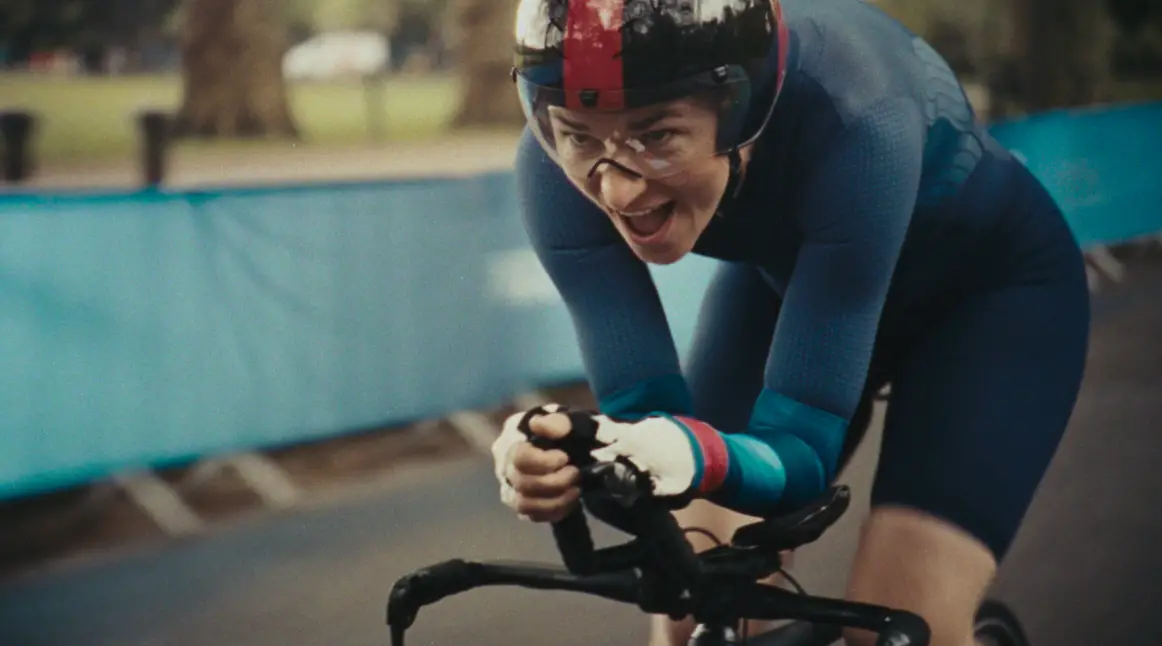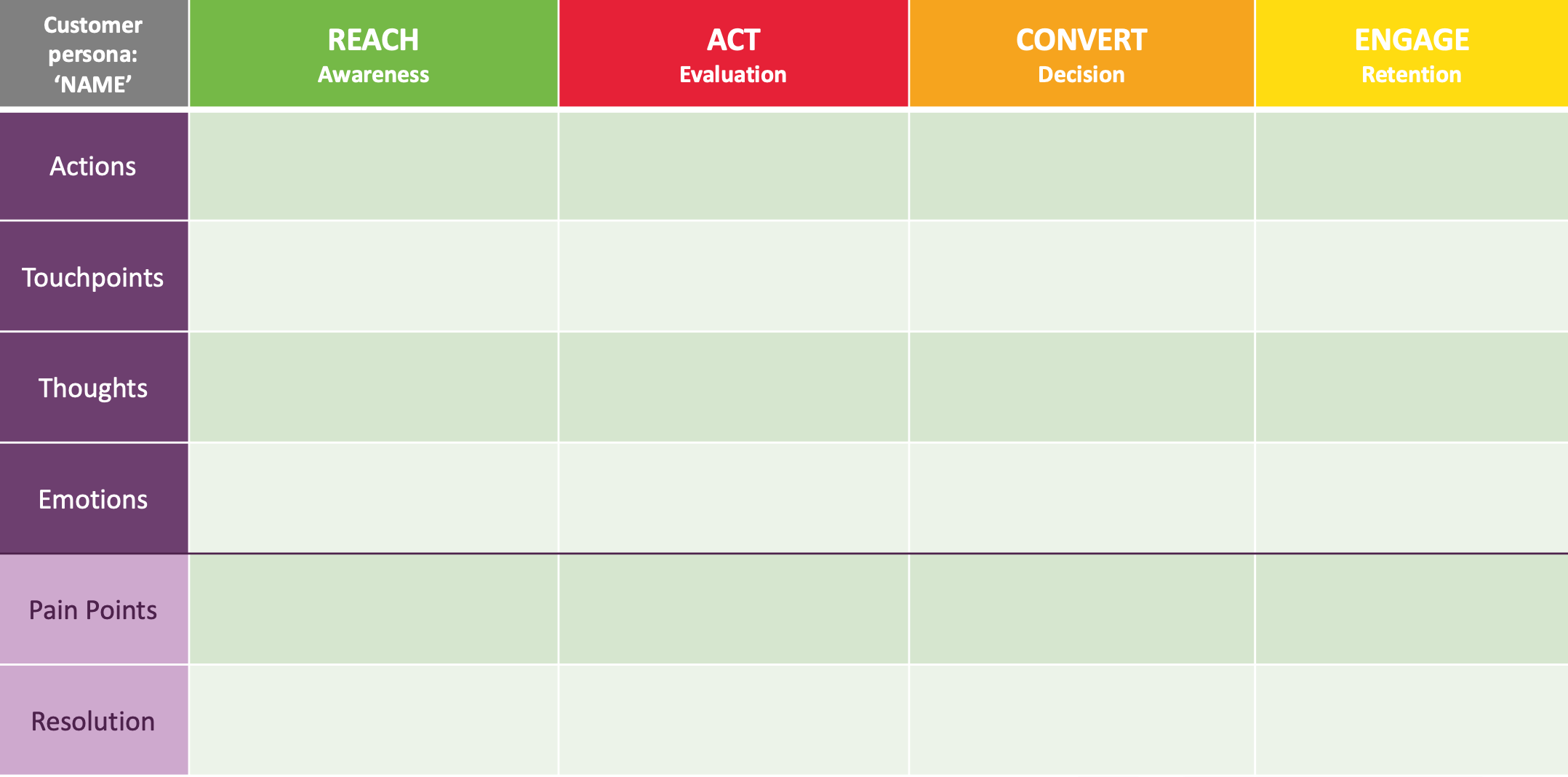The Deadly Cost of Daylight Saving Time: Why Texans Should Rethink the Clock Change
Every spring, most Americans set their clocks forward an hour for Daylight Saving Time (DST),... The post The Deadly Cost of Daylight Saving Time: Why Texans Should Rethink the Clock Change appeared first on Social Media Explorer.

Every spring, most Americans set their clocks forward an hour for Daylight Saving Time (DST), but this seemingly harmless tradition may be putting lives at risk. The Texas Law Dog recently conducted a comprehensive study examining the connection between the springtime DST shift and a spike in fatal motor vehicle accidents. Their findings suggest the time change is far more than a minor inconvenience—it’s a significant public safety hazard.
Drawing on national data from the National Highway Traffic Safety Administration (NHTSA) and peer-reviewed scientific literature, the study highlights a disturbing trend: fatal crashes rise sharply in the days following the “spring forward.” The reason? An hour of lost sleep combined with darker morning commutes and circadian rhythm disruption.
The spring transition appears to be a perfect storm of fatigue, impaired alertness, and risky driving conditions. On average, fatal crashes increase by 6% during the first week after the time change. In regions located on the western edge of time zones where sunrise comes even later, the spike can reach up to 8%. These areas are especially vulnerable, as the adjustment feels even more abrupt, and people are forced to start their day in pitch-black darkness.
Morning hours are particularly dangerous. The data shows that crash rates between 4 a.m. and 8 a.m. skyrocket, especially in the first few workdays after the shift. Drivers navigating their typical routes are suddenly more tired and less aware, which can lead to serious or fatal collisions. Unfortunately, the dangers extend beyond just motorists. Pedestrians and cyclists are also at higher risk, with a reported 68% increase in evening pedestrian fatalities during the DST period. The earlier sunset in spring evenings catches many off guard, often when foot traffic is at its peak.
What sets this issue apart is how preventable it is. The Texas Law Dog’s analysis suggests that abolishing Daylight Saving Time could save at least 28 lives per year by reducing drowsy driving crashes. That’s 28 families spared the trauma of losing a loved one due to something as arbitrary as adjusting the clock.
The health risks aren’t just on the roads. The study points to a 24% increase in heart attacks on the Monday following the spring time change, indicating that the body’s internal clock takes a hit far beyond sleepiness. Insurance claims also rise throughout the week, reflecting a tangible financial cost to both individuals and the broader economy.
By contrast, the fall shift back to Standard Time doesn’t appear to carry the same dangers. This difference raises an important question: if one clock change endangers lives and the other doesn’t, why keep the risky one?
With growing momentum in several states to ditch Daylight Saving Time, Texas has the opportunity to lead the charge. Public safety, health, and economic considerations all point to the same conclusion: it’s time to rethink how and why we change our clocks.
The Texas Law Dog’s findings offer a sobering reminder that even small policy decisions can have massive ripple effects. In this case, eliminating the spring clock change could be a simple, effective way to protect lives on Texas roads and beyond.
The post The Deadly Cost of Daylight Saving Time: Why Texans Should Rethink the Clock Change appeared first on Social Media Explorer.




























![How To Drive More Conversions With Fewer Clicks [MozCon 2025 Speaker Series]](https://moz.com/images/blog/banners/Mozcon2025_SpeakerBlogHeader_1180x400_RebeccaJackson_London.png?auto=compress,format&fit=crop&dm=1750097440&s=282171eb79ac511caa72821d69580a6e#)

![Brand and SEO Sitting on a Tree: K-I-S-S-I-N-G [Mozcon 2025 Speaker Series]](https://moz.com/images/blog/banners/Mozcon2025_SpeakerBlogHeader_1180x400_LidiaInfante_London.png?auto=compress,format&fit=crop&dm=1749465874&s=56275e60eb1f4363767c42d318c4ef4a#)






















![The 11 Best Landing Page Builder Software Tools [2025]](https://www.growthmarketingpro.com/wp-content/uploads/2024/04/best-landing-page-software-hero-image-1024x618.png?#)









































![How to Create an SEO Forecast [Free Template Included] — Whiteboard Friday](https://moz.com/images/blog/banners/WBF-SEOForecasting-Blog_Header.png?auto=compress,format&fit=crop&dm=1694010279&s=318ed1d453ed4f230e8e4b50ecee5417#)
![How To Build AI Tools To Automate Your SEO Workflows [MozCon 2025 Speaker Series]](https://moz.com/images/blog/banners/Mozcon2025_SpeakerBlogHeader_1180x400_Andrew_London-1.png?auto=compress,format&fit=crop&dm=1749642474&s=7897686f91f4e22a1f5191ea07414026#)













![How Social Platforms Measure Video Views [Infographic]](https://imgproxy.divecdn.com/AncxHXS242CT-kDlEkGZi7uQ2k70-ebTAh7Lm14QKb8/g:ce/rs:fit:770:435/Z3M6Ly9kaXZlc2l0ZS1zdG9yYWdlL2RpdmVpbWFnZS9ob3dfcGxhdGZvcm1zX21lYXN1cmVfdmlld3MucG5n.webp)











![Brand pitch guide for creators [deck and email templates]](https://blog.hootsuite.com/wp-content/uploads/2022/06/brand-pitch-template.png)


![AI marketing campaigns only a bot could launch & which tools pitch the best ones [product test]](https://www.hubspot.com/hubfs/ai-marketing-campaigns.webp)





















